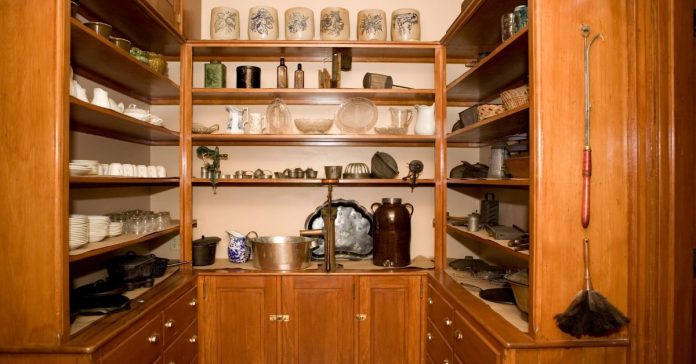The 1890s fashion in Europe was characterized by long, elegant lines and tall collars. It also marked the rise of sportswear. Today, you can still see many examples of clothing from this time period. Here are a few styles that will help you understand the fashion of this time period. Listed below are some of the main characteristics of 1890s fashion. This fashion can be easily identified by its clothes, accessories, and colors.
The 1890s saw a transition from Victorian era fashion to a more modern and practical style. Women were allowed more freedom of expression with the clothing that they wore. In particular, the shirtwaist and skirt was widely used. During this time, walking skirts were all designed to clear the floor. In addition, the dominant shape of the skirt was the swooping bell form. These skirts were snug and smooth over the hips, then flared dramatically out to the hem.
Women’s clothing from the 1890s was distinguished by the tight bodice with a wide skirt with a wide hem. These dresses were often designed with high necklines and lace. While they were not particularly fashionable, they were comfortable and affordable. In addition, the skirts featured ruching, flouncing, and thick fabrics. And in terms of hairstyle, women wore their hair in tight curls on top of their heads.
Evening wear was more formal. One piece gowns with large puffy sleeves began to appear as evening wear. Later, they began to be shorter and less full. Evening gowns were adorned with lace. The hems were often low to the waist. The sleeves were wide, but did not go below the elbow.Fashionable ladies were also more dependent on their maids to get dressed. The lady’s maid would help them to wear their layers of undergarments. As a result, corsets became smaller than they were in the Victorian era. Women also wore smaller corsets that were stiffened with whalebone, steel, or cane. Corsets remained restrictive, though, and reformers and health advocates opposed them.
The 1890s fashion also saw a change in styles. The bustled silhouette had been the norm in the 1880s, but in 1889, styles began to shift to a more cylindrical silhouette. These styles became popular, particularly for daytime wear. Some vestiges of bustles can still be seen, though. A change in clothing style was already underway in San Francisco. The City by the Bay had become a hub for fashionable clothing.
Men’s clothing also changed. The frock coat was replaced by the sack coat. Morning suits featured a tapered back and a shorter front. Morning suits and lounge suits were popular for relaxed daytime wear. The cutaway morning coat, which was worn in Europe, was still popular in major cities. Men also began wearing more revealing clothing when playing sports. Tweed and flannel were popular outerwear fabrics. Men also traded long pants for knee-length breeches.
Clothing in the 1890s fashion was generally characterized by neutral colors. White, beige, and gray were staple colors in the wardrobes of most people. While most clothing remained neutral in color, some styles shifted towards vibrant colors and patterns. The 1890s era also saw the rise of the shirtwaist ensemble. This ensemble consisted of a long skirt with a shirtwaist and was decorated with lace or frills. The shirtwaist style was also popular for office wear and sportswear.
The 1890s saw significant changes in women’s fashion. Famous characters like the Gibson Girl embodied 1890s style. Her hairstyle was arranged in the famous chignon, and her clothing was influenced by the latest fashions of the day. The Gibson Girl’s attire was often characterized by a shirt waist and skirt combination.
The baby and toddler era also saw a change in clothing styles. The 1890s brought about the acceptance of artistic dress into mainstream fashion. Influenced by artists such as William Morris and John Ruskin, artistic clothing was popular during this period. This period also saw the rise of the tea gown, and its associated influence was apparent in the fashion of the day.
Hats remained a prominent part of 1890s fashion. In the early era, young boys wore a suit or narrow knickerbockers buckled below the knee. They also wore a hat. The top hat was still essential for upper class formal attire, but soft felt hats, bowlers, and toques were fashionable for casual events.
ALSO READ: car accident attorney los angeles cz.law
